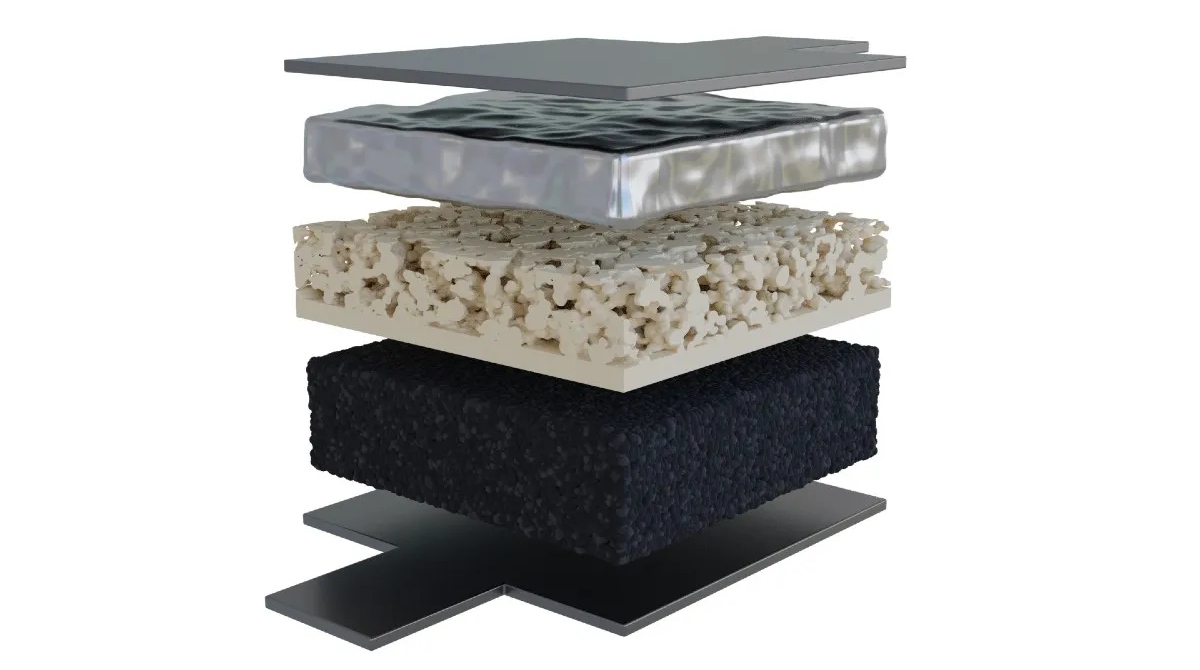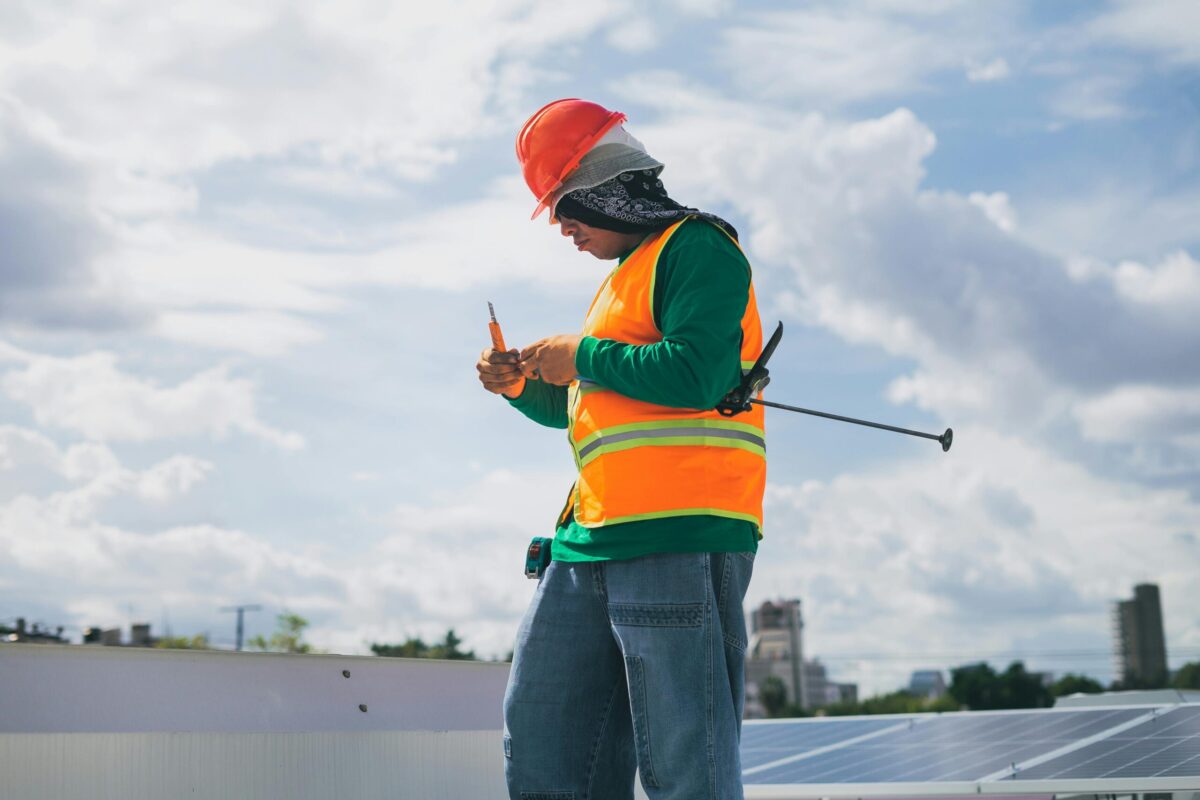From ESS news
ION Storage Systems has reached the 800-cycle mark with its solid-state battery, which it plans to bring into commercial production. The battery previously exceeded 125 cycles with less than five percent capacity loss in March, 2024.
The milestone of 800 cycles was achieved without encountering the common issues that can complicate the market readiness of solid-state batteries. The battery, which uses a ceramic electrolyte separator was tested without compression and showed no signs of swelling or volume change.
It means the battery will not require compression, swell budget, an extensive cooling system, or heavy fire barriers when rolled out, according to ION.
Neil Ovadia, VP of Supply Chain at ION, spoke with ESS News about the company’s progress following previous coverage in 2022.
“The last two years have been transformational. We’ve grown from about 20 employees to over 75, expanded into two larger buildings, and broken ground on our pilot manufacturing facility,” said Ovadia.
“We’re focused on the defense and consumer products markets initially, with plans to transition into electric vehicles and grid storage as we reduce costs and increase energy density,” he added.
Technical milestones
The technical achievement of the battery itself was the real highlight, according to Ovadia.
“We’ve made big strides in our product’s cycle life. We went from proving 125 cycles in March to achieving 800 cycles by July. Importantly, these cycles were achieved at room temperature with no compression or additional aids, demonstrating the true potential of our solid-state technology,” he said.
Robert Whittlesey, Principal Technical Program Manager at ION, told ESS News the technical process behind the testing, and highlighted the significance.
“800 cycles is significant because that’s beyond most consumer electronics. That starts to get into EV and grid storage applications, and even space-based applications that require a high cycle life. So this is something that could be used for all applications.”
Ovadia added, “It’s a confluence of all the characteristics of that battery that got to 800 cycles. One thing that you find in solid-state batteries is this requirement for compression, this requirement for heat, this coddling of the battery to achieve those cycles. It’s meaningful when you look at it as a final product, it makes it more expensive, heavier, and takes away from the potential and promise of a solid-sate battery.
A chart supplied by ION of the C/3 testing (a charge-discharge rate of charging every three hours, discharging every three hours) shows low capacity loss:

Grid storage possibilities
ION’s advancements with its solid-state batteries are highly relevant for grid-scale applications, with the company recently awarded $20 million from the US government’s ARPA-E Scale-Up program, which aims to accelerate the development of larger format cells for grid storage.
Ovadia said, “We are focused on scaling up our technology to produce larger, more cost-effective batteries. This involves collaborating with manufacturing partners and leveraging our university research partnerships to enhance both the mechanical and electrochemical aspects of our technology.”
He further emphasized the robustness and safety of their technology, stating, “Our batteries are inherently safer, eliminating the risk of fires associated with lithium-ion batteries. This makes them ideal for large-scale energy storage deployments where safety is paramount.”
Whittlesey added, “Our technology is not only safer but also more efficient in various temperature conditions. Traditional lithium-ion batteries require significant infrastructure to maintain optimal temperatures, which incurs additional costs. Our batteries can operate effectively across a broader temperature range, reducing the need for such infrastructure.”
Ovadia said that the current BESS grid infrastructure generally consumes energy as a parasitic draw for cooling, something that can be eliminated with the ability to operate at higher temperatures without the dangers of lithium-ion batteries.
Furthermore, Whittelsey pointed out the recyclability of the solution over traditional battery products with graphite anodes.
More to come
ION recently secured a supply agreement and investment from Saint-Gobain in late 2023, one of the world’s largest ceramics, glass and material suppliers to boost its manufacturing capabilities.
“We are working with several other large multinational partners to produce significant quantities at gigawatt-hour scales and achieve global reach in manufacturing,” Neil said, adding that further “significant announcements” from the company are due in the coming quarters.
The relatively early-stage company previously raised $8 million in 2019, and $31 million Series A funding in 2022.
This content is protected by copyright and may not be reused. If you want to cooperate with us and would like to reuse some of our content, please contact: editors@pv-magazine.com.









By submitting this form you agree to pv magazine using your data for the purposes of publishing your comment.
Your personal data will only be disclosed or otherwise transmitted to third parties for the purposes of spam filtering or if this is necessary for technical maintenance of the website. Any other transfer to third parties will not take place unless this is justified on the basis of applicable data protection regulations or if pv magazine is legally obliged to do so.
You may revoke this consent at any time with effect for the future, in which case your personal data will be deleted immediately. Otherwise, your data will be deleted if pv magazine has processed your request or the purpose of data storage is fulfilled.
Further information on data privacy can be found in our Data Protection Policy.